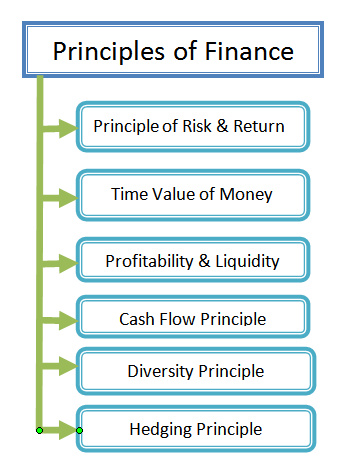A conflict between shareholders and creditors is common for the company which uses debt capital to form an optimum capital structure. Agency relation exists when one party works as an agent of the principal. In an organization, management works as an agent of the owner or shareholders. When managers work for the company they can be influenced by the own interest so that they prefer their own interest rather than the interest of the company, on the other hand, creditors’ interest is to provide credit and get the principal amount and interest timely. For ensuring their credit return creditor always concerned whether the company is doing business in the right manner or not. By monitoring the financial performance of the company creditors actually, want to ensure their interest. So if there is any dispersion then creditors work to resolve the issue by taking necessary steps.

Creditors have a claim on part of the firm’s earnings stream as well as a claim on the firm’s assets in the event of bankruptcy. However, the stockholders have control through the firm’s managers of the decision that affect the profitability and risk of the firm. Creditors lend funds at a specific rate which is based on several factors. These are:
- On the riskiness of the firm’s existing assets,
- On expectations concerning the riskiness of future asset additions,
- On the firm’s existing capital structure (that is, the amount of debt financing used), and
- On expectations concerning future capital structure decision.
These are the primary determinants of the riskiness of a firm’s cash flows and hence its debt, so creditors base their required rates of return on these factors.
Now suppose the stockholders, acting through management, have the firm take on a large new project that has a greater risk than was anticipated by creditors. This increased risk will cause the required rate of return on the firm’s debt to increase, which in turn will cause the value of the outstanding debt to fall. If the risky capital investment is successful, all of the benefits will go to the firm’s stockholders, because creditors’ returns are fixed at the old, low-risk rate. However, if the project is unsuccessful, the bondholders will have to share in the losses.
Written by
Md. Nahian Mahmud Shaikat
Student of MBA
Institute of Business Administration (IBA)
Jahangirnagar University
Email: [email protected]
Facebook: Ördïnärÿ Böÿ


